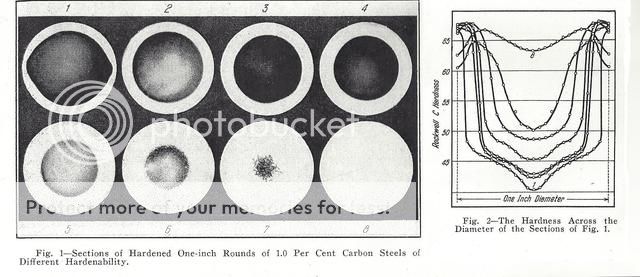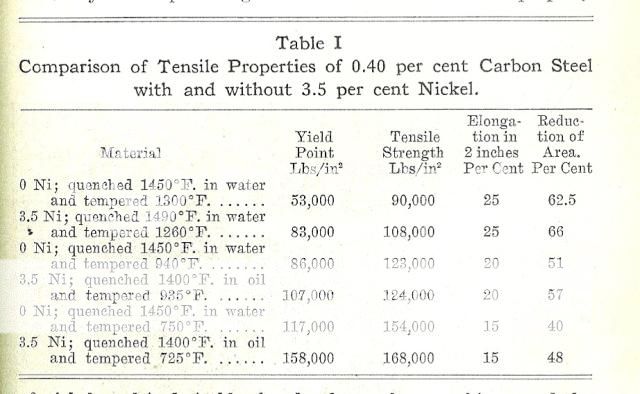Driftwood Johnson
Member
Howdy Again
An excellent question.
I have said this a bunch of times. It is not just the raw pressure amplitude, it is also the duration of the spike that is also important. Most modern Smokeless powders have burn rates that produce a much sharper pressure spike than Black Powder does. Think of it as towing a car with a rope. Start slow and steady and you will probably be able to get the other car moving. Start off with a jerk and the rope will probably break. Not an exact correlation, but think of the old steel as not able to take as much of a sharp increase in pressure as modern steel can.
Yes, some guys have done some pretty serious pressure studies with currently available powders that will pretty much duplicate the pressure curve of Black Powder, not just the amplitude but the duration. None of the typical powders used for handgun loads meet those criteria. No, I do not know which powders will, but I know there are some out there. Lacking that knowledge, lacking pressure testing equipment, and not wanting to experiment with my own antique revolvers, I personally choose to only shoot Black Powder loads in my old guns, and will not risk them with any modern Smokeless powders.
Part of the reluctance of many shooters to use Black Powder in old guns is the perception that it is difficult to clean the fouling, and that it must be done immediately to prevent the gun turning into a pile of rust. Pardon my exaggeration, but neither of these assumptions are necessarily true.
There is another point that is worth making. I am not reluctant to shoot mild Smokeless loads in my antique Winchesters. A rifle has thicker chamber walls and thicker barrel walls than any revolver. And some of them such as the Winchester Model 1892 have a very strong locking mechanism. So while I was comfortable shooting 44-40 loaded with a mild charge of Unique in an old Winchester, I am not willing to use that same load in an antique Colt, which is probably made of iron, not steel, and has very thin chamber walls.
An excellent question.
I have said this a bunch of times. It is not just the raw pressure amplitude, it is also the duration of the spike that is also important. Most modern Smokeless powders have burn rates that produce a much sharper pressure spike than Black Powder does. Think of it as towing a car with a rope. Start slow and steady and you will probably be able to get the other car moving. Start off with a jerk and the rope will probably break. Not an exact correlation, but think of the old steel as not able to take as much of a sharp increase in pressure as modern steel can.
Yes, some guys have done some pretty serious pressure studies with currently available powders that will pretty much duplicate the pressure curve of Black Powder, not just the amplitude but the duration. None of the typical powders used for handgun loads meet those criteria. No, I do not know which powders will, but I know there are some out there. Lacking that knowledge, lacking pressure testing equipment, and not wanting to experiment with my own antique revolvers, I personally choose to only shoot Black Powder loads in my old guns, and will not risk them with any modern Smokeless powders.
Part of the reluctance of many shooters to use Black Powder in old guns is the perception that it is difficult to clean the fouling, and that it must be done immediately to prevent the gun turning into a pile of rust. Pardon my exaggeration, but neither of these assumptions are necessarily true.
There is another point that is worth making. I am not reluctant to shoot mild Smokeless loads in my antique Winchesters. A rifle has thicker chamber walls and thicker barrel walls than any revolver. And some of them such as the Winchester Model 1892 have a very strong locking mechanism. So while I was comfortable shooting 44-40 loaded with a mild charge of Unique in an old Winchester, I am not willing to use that same load in an antique Colt, which is probably made of iron, not steel, and has very thin chamber walls.



